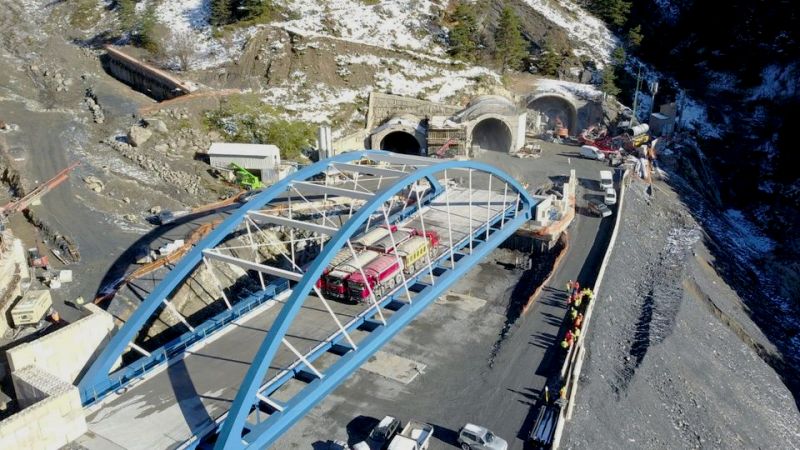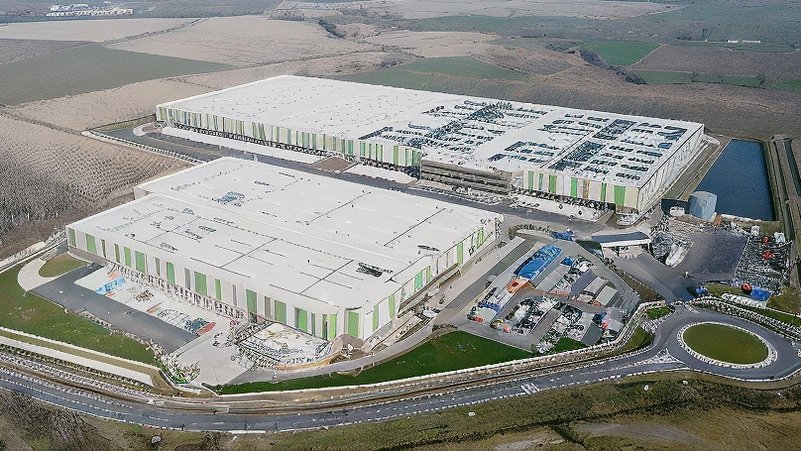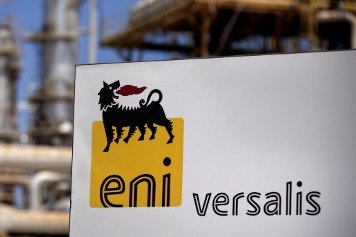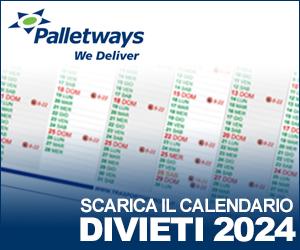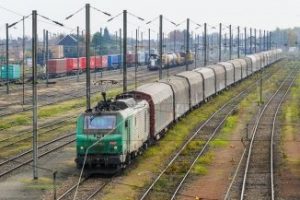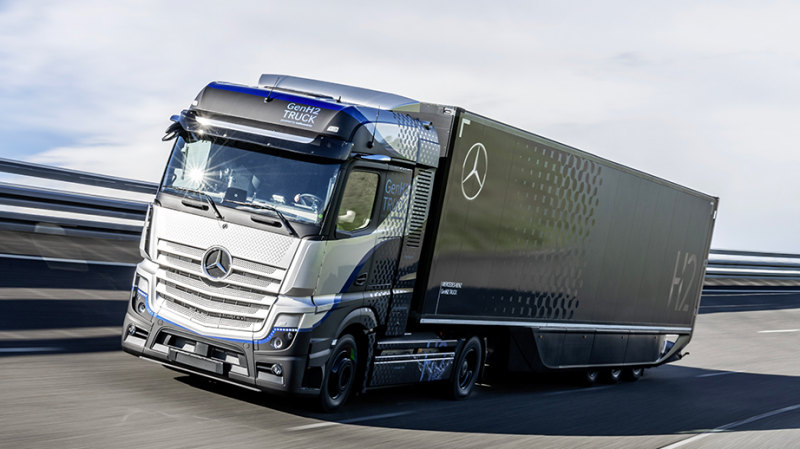The closure of the Rhine Valley railway in August 2024 has brought attention to an innovative and potentially strategic solution for north-south combined transport in Europe: using the French rail network as an alternative to the overloaded German railway system. The initiative, which involved the use of a diesel shuttle train through Alsace, was a success and underscored the need to strengthen French rail connections to ensure the stability of international freight traffic.
During the three-week closure of the Rhine Valley line, around 20 freight trains per day, in each direction, passed through Alsace. This service was made possible thanks to diesel locomotives operating on the non-electrified Wörth-Lauterbourg-Strasbourg-Offenburg route. This pioneering approach, which required close cooperation between Germany, France, and Switzerland, proved vital in preventing a disruption to supply chains. Hupac CEO Michail Stahlhut praised the initiative: “This solution prevented the collapse we had feared, like the one we experienced during the Rastatt incident in 2017.”
However, Hupac noted that despite the relatively low traffic volume due to the summer holidays, the operation revealed certain limitations. Reduced storage capacity at transfer points and congestion due to irregular traffic flows highlighted the system's weaknesses. Nonetheless, the detour through France was essential for managing freight flows, especially towards the end of the month when traffic volumes increased.
The success of the shuttle project through Alsace has emphasized the importance of including French rail lines in Swiss combined transport expansion plans. Hans-Jörg Bertschi, Chairman of Hupac's Board of Directors, stressed that upgrading the Belgium-Metz-Strasbourg-Basel line to the four-meter corridor standard is a top priority to prevent stagnation in transalpine freight traffic: “The limited capacity of the German rail network is a bottleneck for the Alptransit system. Strengthening traffic through France is the only short-term solution to avoid a halt in Switzerland’s modal shift policy.”
The initiative is not just a matter of logistical convenience but also of transport policy. Bertschi suggested that Switzerland should incentivize France, with targeted funding, to upgrade the Vosges Mountains tunnels to meet the four-meter corridor requirements, similar to previous agreements with Italy for rail tunnel upgrades.
In June 2024, the Swiss National Council approved a motion by the Transport Commission calling for such measures. The discussion will move to the Council of States in September, where it is hoped a concrete plan will be approved to accelerate the expansion of French rail profiles.
Looking ahead, the positive experience in France in August 2024 has led Hupac to outline long-term plans for freight traffic through the country. Starting in 2025, the company plans to launch transit trains on this route for containers with appropriate profiles. While it is not yet feasible to include four-meter semitrailers without significant efforts, France offers a viable alternative to Germany’s infrastructure challenges. The renewal of railway corridors in Germany, which will involve prolonged closures until 2030, makes finding alternative routes urgent.
“The proactive support from SBB Cargo International, which established a subsidiary in France to facilitate freight traffic, is a key step in overcoming the bottlenecks of the Alptransit system,” Bertschi commented, adding that the expansion of French rail lines is not only a short-term solution but also a long-term growth opportunity for the entire European freight transport system.
The resurgence of France also provided an opportunity to present Hupac’s figures for the first half of 2024. During this period, traffic showed signs of stabilizing after a 2023 marked by losses. Despite a 2.8% decline in total road shipments compared to the previous year, transalpine traffic through Switzerland saw a 0.4% increase. Stahlhut expressed confidence in maintaining these levels in the coming months, with a focus on emerging markets such as Benelux.



